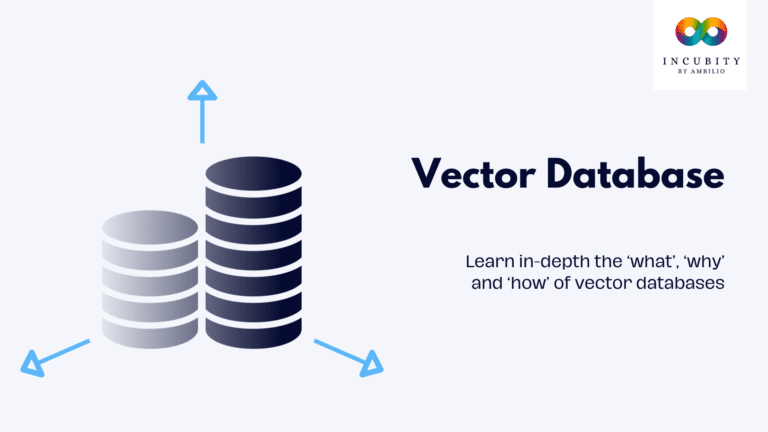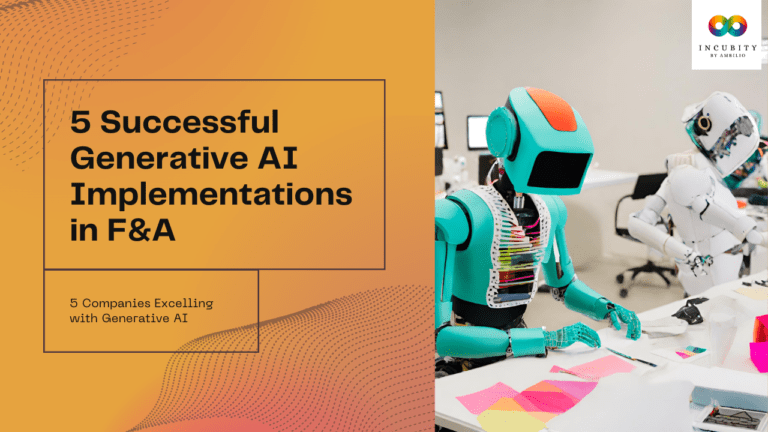The evolution of Large Language Models (LLMs) has opened unprecedented opportunities in the realm of artificial intelligence. One of the most intriguing applications is their integration into multi-agent systems, promising autonomous problem-solving capabilities. However, the quest for effective collaboration among agents while ensuring coherent problem-solving processes remains a challenge. Enter MetaGPT, a groundbreaking meta-programming framework designed to transcend these limitations and revolutionize multi-agent systems.
Unveiling MetaGPT: A Meta-Programming Marvel
MetaGPT redefines AI-driven multi-agent systems through structured collaboration. Its core architecture revolves around role specialization guided by human-like SOPs, ensuring precision and coherence. Structured communication interfaces replace natural language, enhancing information exchange with documents and diagrams, minimizing distortion. A publish-subscribe mechanism streamlines information sharing, optimizing communication among agents.
At its heart, MetaGPT thrives on iterative refinement. Engineers continuously improve code using executable feedback, fostering a culture of continuous enhancement. This framework orchestrates workflows, adapting to diverse roles, and nurturing adaptability and efficiency in AI-based collaborations. Through its structured approach and iterative ethos, MetaGPT stands as a beacon of innovation in multi-agent systems, promising efficient problem-solving and optimized collaboration.
Role Specialization: Organizing Complexity for Optimal Performance
Role specialization within MetaGPT mirrors a well-structured organizational model, effectively dissecting intricate tasks into specialized roles. Each role offers distinct expertise, akin to a diversified team in real-world collaborations. This approach ensures that agents within the framework contribute specialized skills, enhancing problem-solving efficiency and accuracy. Much like specialized departments in an organization, MetaGPT’s roles cater to specific responsibilities, fostering a collaborative environment where each agent optimally contributes towards task completion. This role-based structuring not only streamlines workflows but also reflects the efficiency achieved in real-world scenarios where diverse skill sets are crucial for success.
In essence, MetaGPT’s emphasis on role specialization acknowledges the importance of diverse expertise in tackling complex tasks. This structured approach, akin to specialized departments in an organization, optimizes the utilization of each agent’s capabilities, mirroring the efficiency of real-world collaborative scenarios where division of labor enhances overall performance.
SOP Integration: Harnessing Human-like Standard Operating Procedures with MetaGPT
MetaGPT’s integration of Standard Operating Procedures (SOPs) is a cornerstone in enhancing its problem-solving prowess. Inspired by established human workflows, SOPs form the backbone of this framework, ensuring structured and efficient interactions among agents. Much like established protocols in human-operated systems, SOPs within MetaGPT provide a standardized framework for agent behavior, guiding their actions and interactions.
By infusing SOPs into its fabric, MetaGPT ensures coherence and consistency in agent operations, mimicking the standardized procedures adopted in various industries. This integration optimizes agent collaboration, enabling a structured approach to problem-solving akin to how human teams adhere to established protocols for streamlined workflows. Ultimately, SOP integration in MetaGPT underscores its commitment to harnessing human-like methodologies to enhance multi-agent interactions and problem-solving efficiency.
Structured Communication: Redefining Information Exchange
MetaGPT’s departure from conventional natural language reliance in multi-agent frameworks marks a pivotal shift toward structured communication interfaces. This transformation addresses inherent challenges in communication by introducing a structured approach. Unlike traditional frameworks where natural language communication can lead to ambiguity, MetaGPT’s embrace of structured interfaces ensures precise and effective information exchange among agents.
By adopting structured communication, MetaGPT significantly enhances the precision and effectiveness of agent interactions. Structured interfaces, comprising documents and diagrams, facilitate clear and unambiguous information exchange, minimizing the likelihood of misinterpretation or information distortion. This evolution in communication methodology within MetaGPT sets the stage for optimized collaboration, ensuring that information conveyed between agents is consistent, structured, and aligned with the framework’s objectives.
Publish-Subscribe Mechanism: Streamlining Information Flow
MetaGPT introduces a publish-subscribe mechanism as a cornerstone for efficient information dissemination among agents. This mechanism operates by establishing a shared platform where agents publish structured messages while simultaneously enabling them to subscribe to relevant information. By centralizing information sharing through this mechanism, MetaGPT optimizes the communication topology within its multi-agent framework.
The publish-subscribe mechanism streamlines information flow by providing a centralized platform for agents to exchange structured messages transparently. Agents publish pertinent information in a shared pool, allowing others to access and subscribe to specific content aligned with their roles and tasks. This method mitigates information overload, ensuring that agents receive only relevant and necessary information, thereby enhancing communication efficiency. By optimizing information dissemination, MetaGPT’s publish-subscribe mechanism plays a vital role in creating a streamlined communication network among agents, fostering a collaborative environment conducive to effective problem-solving.
Iterative Programming with Executable Feedback: Perfecting Code Generation
MetaGPT introduces an iterative programming approach fortified by an executable feedback mechanism, revolutionizing code generation and refining runtime correctness. This strategy empowers Engineers within the framework to continuously enhance code quality through iterative testing, debugging, and refinement processes.
Engineers in MetaGPT iteratively refine code based on historical execution and test results, fostering a culture of continuous improvement. This involves executing corresponding unit test cases, receiving and analyzing test outcomes, and subsequently refining the code. Should discrepancies arise, Engineers engage in debugging before resuming programming tasks. This iterative testing cycle, limited to a maximum of three retries, ensures high-quality code generation and validates runtime correctness, aligning with MetaGPT’s commitment to optimizing code performance iteratively.
Top Use Cases of MetaGPT
MetaGPT holds immense potential across various industries and business domains due to its capabilities to facilitate structured collaboration among autonomous agents. Some high-value business use cases where MetaGPT could be applied include:
- Software Development and Engineering: MetaGPT can streamline the software development lifecycle by orchestrating roles like Product Managers, Architects, Engineers, and QA Engineers. It can assist in requirements gathering, design, code generation, testing, and debugging, ensuring a structured and efficient workflow.
- Project Management and Coordination: In complex projects involving multiple teams and stakeholders, MetaGPT can optimize project management by assigning tasks, coordinating workflows, and ensuring smooth communication among diverse roles.
- Customer Support and Service Desk Automation: Utilizing its structured communication and feedback mechanisms, MetaGPT can automate customer support tasks, handling queries, providing information, and escalating issues to relevant departments or personnel.
- Healthcare Decision Support Systems: In healthcare, MetaGPT can assist in analyzing patient data, suggesting treatment plans based on medical knowledge, and even aiding in administrative tasks, such as appointment scheduling.
- Financial Services and Risk Analysis: MetaGPT can aid in financial modeling, risk analysis, and compliance checks by leveraging SOPs to ensure accuracy and consistency in financial reporting and decision-making processes.
- Supply Chain Optimization: Optimizing supply chains involves various stages and stakeholders. MetaGPT can help coordinate inventory management, logistics, and demand forecasting by integrating roles like supply chain managers, analysts, and logistics coordinators.
- Legal Document Analysis and Compliance: MetaGPT could assist legal teams in drafting contracts, analyzing legal documents, and ensuring compliance with regulations, leveraging structured communication to maintain accuracy and reduce errors.
- Education and Personalized Learning: In educational settings, MetaGPT can aid in personalized learning by providing tailored educational materials, quizzes, and feedback to students based on their learning profiles and progress.
- Content Creation and Marketing: MetaGPT can support content creators and marketers by generating SEO-friendly content, strategizing marketing campaigns, and analyzing market trends through structured communication and iterative feedback mechanisms.
- Research and Development: Within R&D departments, MetaGPT can aid in literature reviews, experimentation design, data analysis, and even ideation by coordinating the efforts of researchers and scientists.
Conclusion: Paving the Way for Future AI Collaborations
MetaGPT adopts an iterative programming approach, enhancing code quality through an executable feedback loop. Engineers iteratively refine code based on historical execution and test outcomes, fostering continuous improvement. By executing unit test cases, analyzing results, and debugging discrepancies within a maximum of three retries, MetaGPT ensures high-quality code generation and runtime correctness. This iterative process aligns with the framework’s commitment to refining code iteratively, elevating the overall performance of the system.







